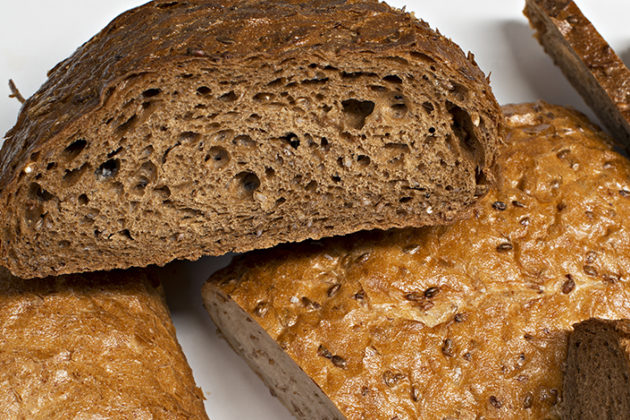Learn to taste yourself

Small and large food producers now have the opportunity to employ new, fast methods to determine which products should make it to market.
Which cocoa should we put on the market – the one with extra milk, the one with extra sugar, or the one with vanilla? And why this variety specifically? These are the type of questions food producers ask themselves when considering putting new products on the shelves. Now there are new opportunities to find good answers.
“Professional tasters, such as those in Nofima’s sensory panel, can provide the most accurate answers. But now there’s also a simpler option,” says senior researcher and sensory assessor Paula Varela Tomasco.
In the “RapidCheck” project Nofima is developing methods that enable the food producers themselves to perform sensory assessments of their products – through taste, smell, visual impression and texture.
Compares food products
The methods can be carried out by non-professionals, and follow four steps. The product to be tested is first compared to reference samples. These could be competing products one wants to resemble or distinguish oneself from, or one’s own products. How similar or different are they? When the degree of similarity is determined, one uses words to describe what characterizes the product.
Statistics and product maps
The words are entered into a computerized system. Here the frequency of words is tabulated. The data is subjected to multivariate analysis – statistical analysis with several simultaneous variables – and a product map is generated. When this is combined with surveys of what consumers like, one has a good basis for choosing which products to introduce to market.
“For food companies checking quality or working on product development, this is both a simpler, faster and cheaper way of assessing products,” says senior researcher Tormod Næs, who heads the statistics aspect of the project.
Describes and compares products
Another oft-used method is called “projective mapping,” and was developed by Nofima (then Matforsk) in the 1980s. The method has been frequently applied by many large food producers since. The classic way of doing this is to give participating consumers a blank A3 sheet and ask them to place product samples on the sheet. Participants are to position the samples such that those that are similar are close to each other on the sheet, while those that differ are far from each other. This allows one to map similarities and differences between products.
Now the Nofima researchers have developed this method to allow for feedback on why consumers eat what they eat.
“This is a projective technique that we know from psychology. The idea is that spontaneous reactions to the entirety of a product provides more information on users and their habits, and sometimes also on their preferences,” Varela says.

Bread test
In a trial sixty consumers were invited to Nofima to test different types of bread. All were wholemeal breads, but with varying degrees of coarseness and with different types of grain – wheat, oats and rye. The participants tasted and smelled the breads and were given a look at their packaging. Afterwards they grouped the bread samples according to what they themselves would have chosen, and described their preferences.
The results provided far more detailed information on the consumers and their habits, and enabled bread producers to direct different types of bread at different types of consumers. Where one type of bread was particularly suited for families or packed lunches, other types were more appropriate for soup, a side dish for a meal or a healthy trend diet.
“The method gives the producers detailed information on the market and the drivers behind what people like and dislike,” Varela says.
“Not least, it’s a very fast method to use, because it’s the spontaneous reaction one is looking for.”
Research and industry in collaboration
Research is being carried out in close cooperation with major industry players. Other and more established methods are also tested in the project. Nofima also offers courses to companies wishing to employ sensory methods, so that they may ensure that the method is used correctly and that the results are correctly interpreted.
RapidCheck facts
Research is funded by the Research Council of Norway and the Foundation for Research Levy on Agricultural Products (FFL), and has been conducted in partnership with Tine, Nortura, Bama, Orkla and Coop Norge.
